Optimal Seasons for Waterproofing Applications
Waterproofing is a crucial process to protect structures from water intrusion and damage. The timing of waterproofing applications can significantly impact their effectiveness and longevity. Proper scheduling ensures optimal adhesion, curing, and performance, reducing the risk of future issues.
Spring offers moderate temperatures and lower humidity, making it an ideal time for waterproofing projects. It allows sufficient curing time before summer heat or winter cold.
Summer provides warm and dry conditions, suitable for many waterproofing materials. However, high temperatures and intense sunlight can affect curing times and application quality.
Fall's cooler temperatures and lower humidity create favorable conditions for waterproofing. It prepares structures for winter, preventing water damage during the colder months.
Winter is generally less suitable due to freezing temperatures and snow. Waterproofing during this time can lead to poor adhesion and incomplete curing.

Applying waterproofing during spring ensures proper curing before summer heat.

Warm summer days facilitate effective waterproofing application.
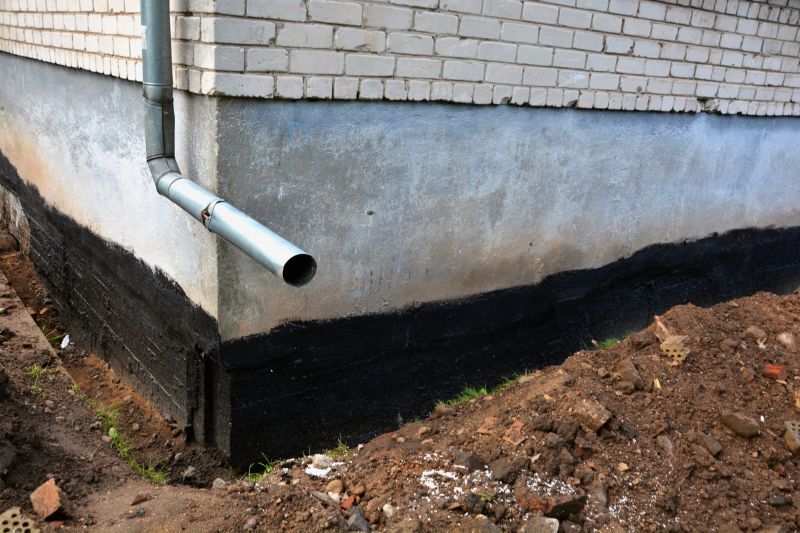
Fall is ideal for waterproofing to protect structures during winter.
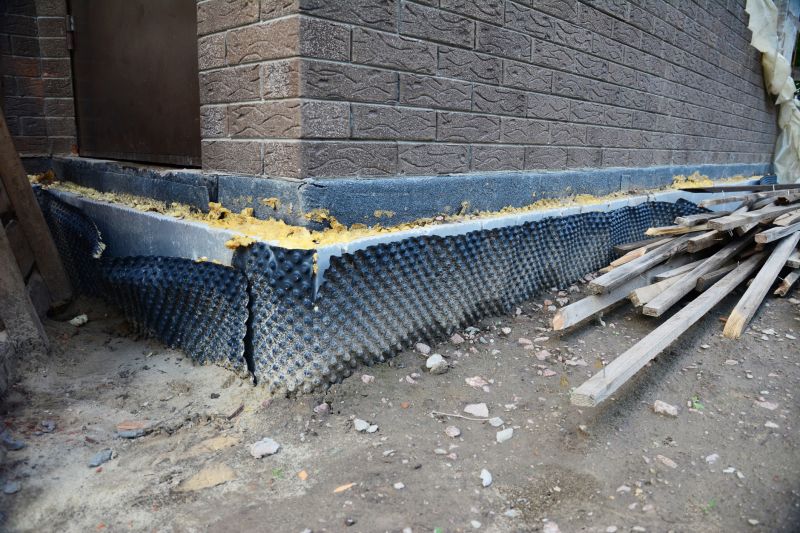
Cold weather can hinder waterproofing effectiveness and adhesion.

Dry weather conditions improve waterproofing application quality.
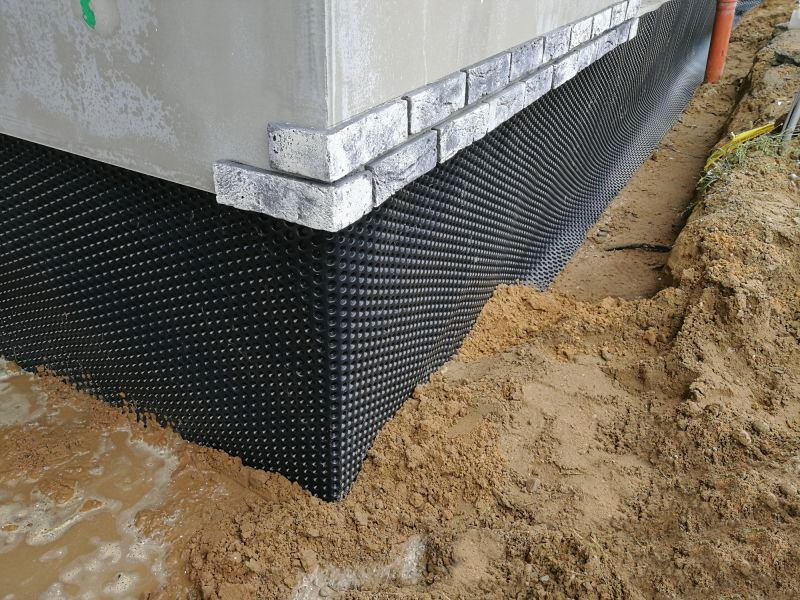
Temperatures below freezing can compromise waterproofing materials.
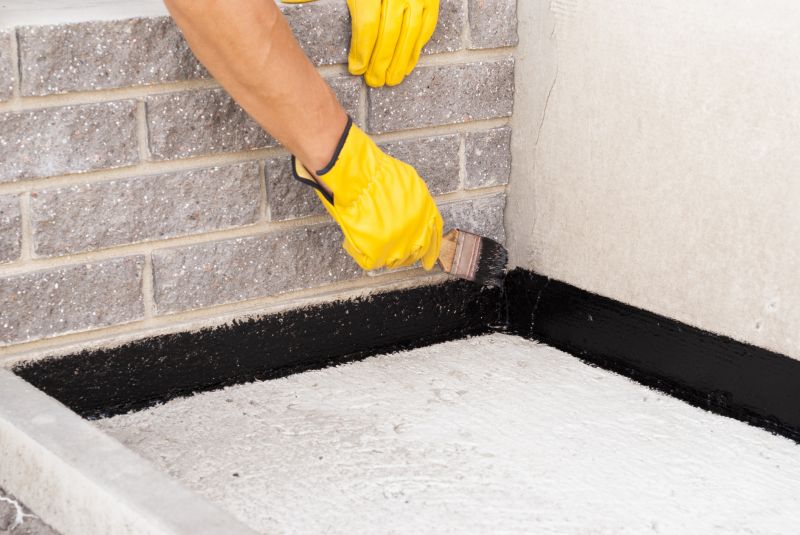
High humidity can delay curing and affect adhesion.
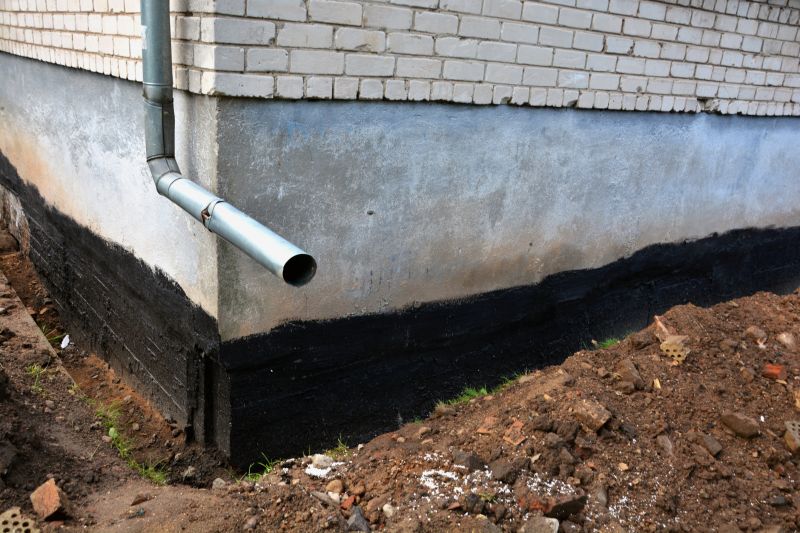
Timing waterproofing before rainy seasons prevents water intrusion.
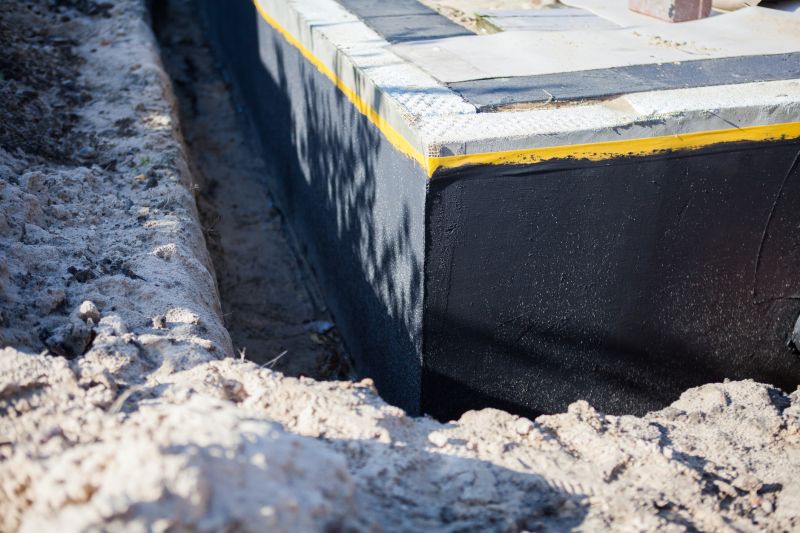
Consistent weather conditions enhance waterproofing success.
| Season | Recommended for Waterproofings |
|---|---|
| Spring | Yes |
| Summer | Yes |
| Fall | Yes |
| Winter | No |
| Late Spring | Optimal |
| Early Fall | Optimal |
| Late Fall | Good |
| Early Winter | Poor |
Waterproofings are essential for protecting foundations, roofs, basements, and other structural elements from water penetration. Properly timed applications can extend the lifespan of a building and prevent costly repairs. Different waterproofing materials and techniques are suited to specific weather conditions, emphasizing the importance of scheduling projects during favorable periods.
Statistics indicate that waterproofing failures often occur due to improper timing or application in unsuitable weather. Ensuring waterproofing is performed during the recommended seasons can reduce failure rates and improve structural integrity over time.
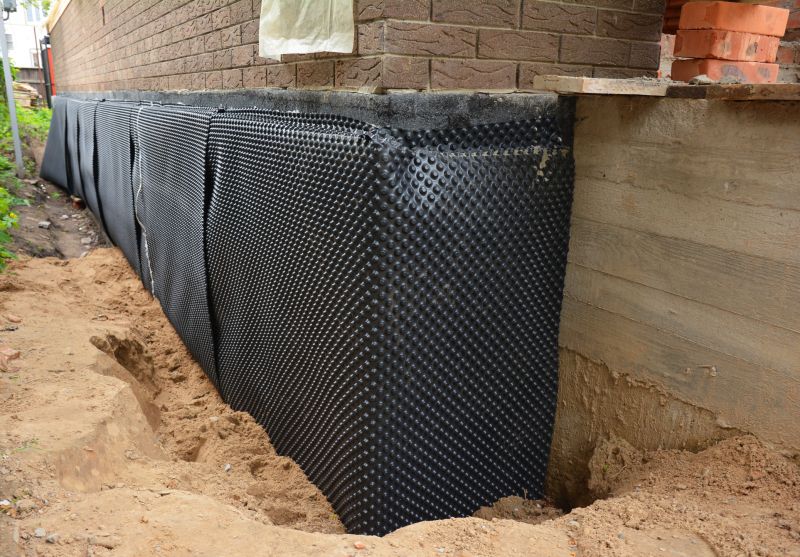
Proper timing during dry seasons enhances adhesion and durability.

Applying waterproofing during warm, dry weather ensures effective sealing.
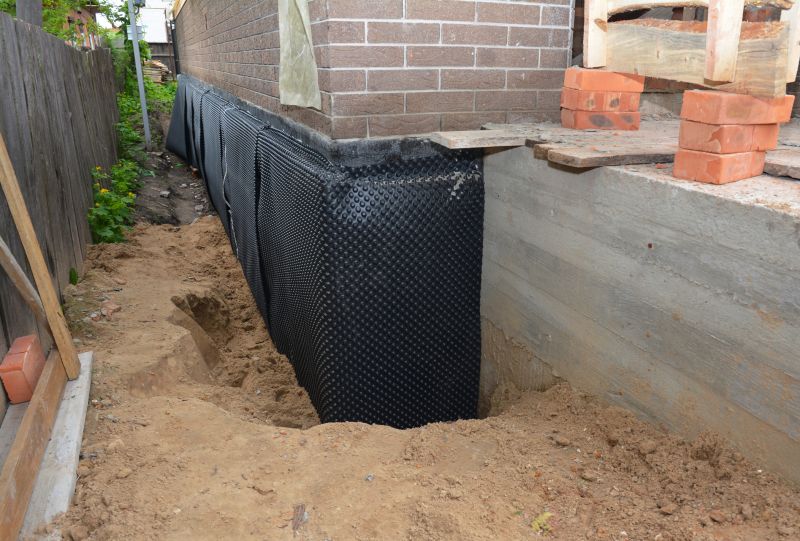
Timing projects before winter prevents water intrusion during cold months.
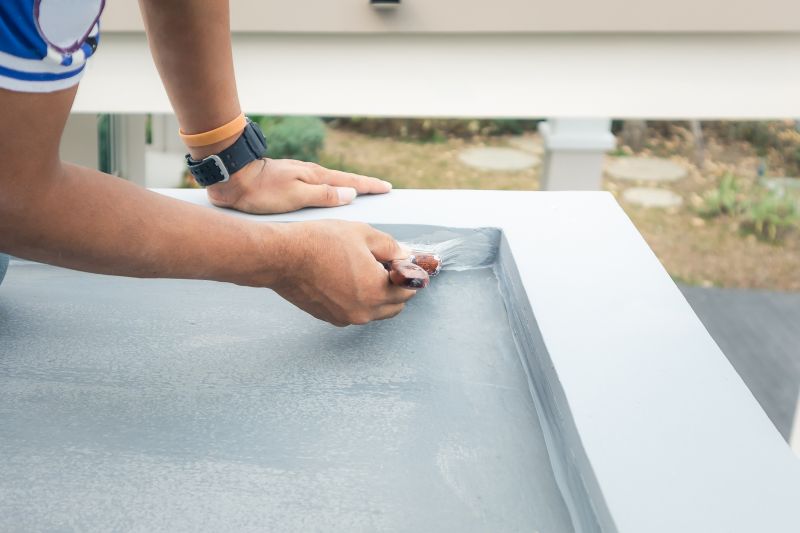
Choosing the right season maximizes material performance.

Ways to make Waterproofings work in tight or awkward layouts.
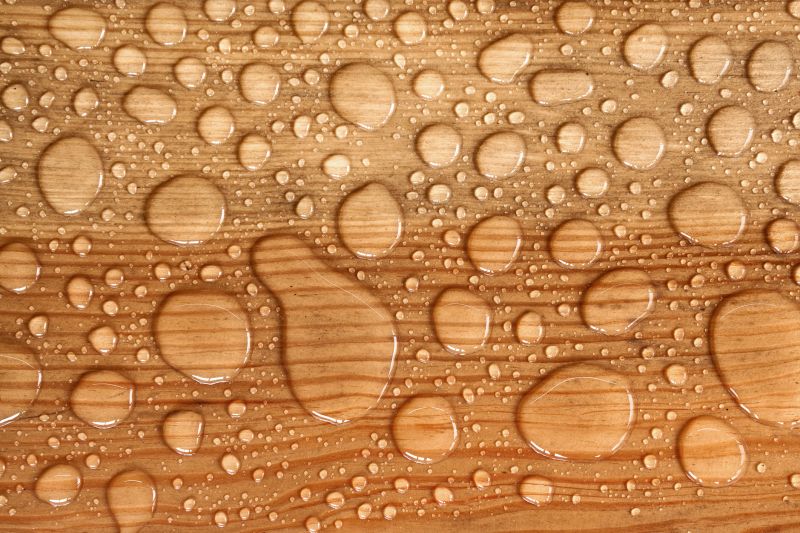
Popular materials for Waterproofings and why they hold up over time.
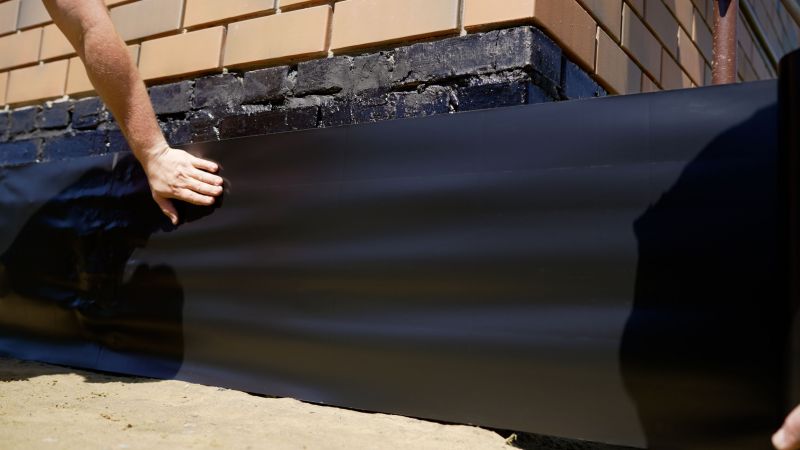
Simple add-ons that improve Waterproofings without blowing the budget.

High-end options that actually feel worth it for Waterproofings.
Interested in waterproofing services? Filling out the contact form can provide more information and help schedule projects during the most suitable seasons for optimal results.

